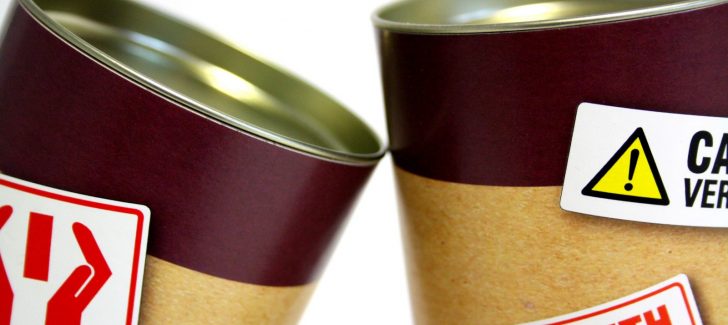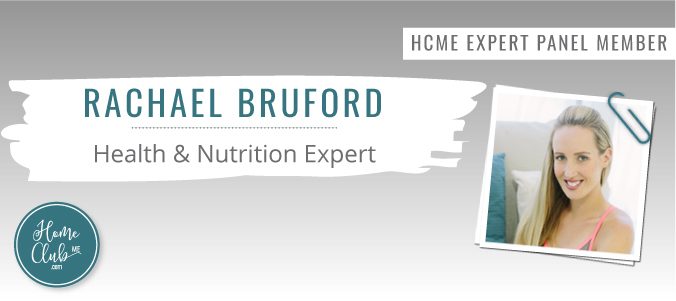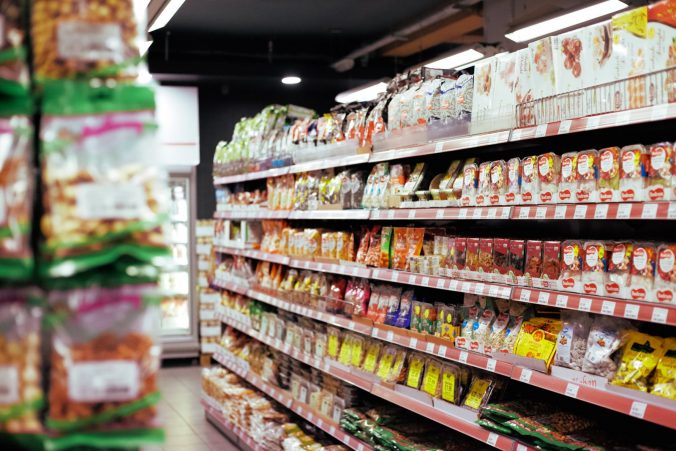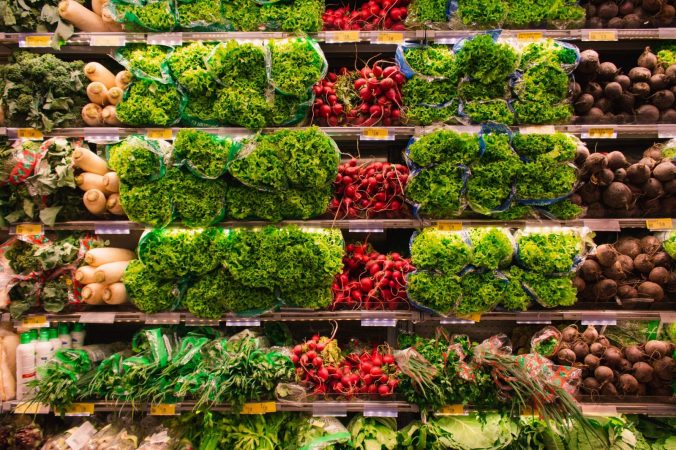
How To Check Labels When Food Shopping – Expert Advice
These days, most of us are getting a lot more conscious about what we consume. Whether it’s following a certain diet, or dealing with food allergies/intolerances, or even trying to ensure our food products are sustainable and locally sourced, there’s certainly a lot to consider!
Unfortunately, when it comes to the actual ingredients in packaged food, consumers are often led astray by clever marketing gimmicks that try to show something as being better for you than it actually is. For example, breakfast cereals are often lauded for being ‘fortified with vitamins and iron’, with these claims being splashed across the front of the box in eye-catching fonts and colours. However, when one reads the actual ingredients, it becomes clear that, in most cases, the cereal is highly processed, contains far too much sugar, and usually has a whole host of preservatives and E numbers to boot.
So how, when the information out there is so misleading, can we ensure that we are making the best possible choices when supermarket shopping? Today, our health and nutrition in the home expert Rachael Bruford of Chasing Zest, is going to give you some simple guidelines to stick to, which should help with the bulk of your grocery shop. Do remember, though, that life is about balance.
Look beyond the packaging
As mentioned above, bold claims are often put on the front of boxes and packets in order to catch the customers eye. But how many of us actually read the ingredients before putting the product in our shopping trolley? Even if you do look, do you truly understand what you’re reading? The problem is, there are several names for what is essentially the same thing…sugar!
Whilst some sugars are naturally occurring, such as lactose in dairy products and fructose in fruit, there are also added sugars in most packaged food, which is what you should try and limit.
Firstly, anything that contains a ‘syrup’, such as rice syrup and high fructose corn syrup, should be avoided. Sometimes, sugar is listed as a straightforward ingredient, and you may be surprised at the foods it is present in! Convenient pasta sauces, soups and yoghurt are just some of the foods to double check before you buy. Remember, the ingredients in the list are actually written in order of quantity. So, if sugar appears near the start of the list, you can be sure that there’s rather a lot in there! Sometimes, companies use several different types of sugar derivatives in smaller quantities, so you may see plain old ‘sugar’ at the beginning of the list and then something like ‘maltose’ and then ‘high fructose corn syrup’ further down. All of these are sugar and they all add up.
When it comes to other ingredients, a general rule of thumb to follow is that if you can’t pronounce something, then it’s probably not natural. Another thing to bear in mind is that the more ingredients something has, generally means that it is more processed. When buying packaged foods, try to stick to those with five ingredients or less, with no added sugar, chemical sounding words, E Numbers, flavourings or colourings, or words you cannot pronounce. You will soon discover that products like this are quite rare!
Be careful when buying something from the organic or ‘healthy’ aisle
It always shocks me when I peruse what is labelled as the ‘healthy’ or ‘organic’ section in the supermarket. Sure, there are plenty of high-quality products there, but it is always worth bearing in mind that something advertised as being organic, gluten free or low fat is not necessarily healthy. Once again, look at the ingredients and make an informed decision.
Foods that are currently on trend also differ from brand to brand. When purchasing things like almond or coconut milk, it’s always a good idea to check the entire ingredients list on the back of the carton or can first. Some brands have minimal ingredients, whilst others contain artificial sweeteners, E numbers, bleaching agents, emulsifiers and stabilisers. Again, it’s all a case of double checking and going by the ingredients themselves rather than fancy packaging. If you have time, you could even make your own almond milk with just almonds and water. That way, you can be 100 per cent certain about what is in your milk!
Stick to ‘one ingredient’ foods
This is my favourite tip to give to clients, and often leaves them feeling temporarily confused. But when you think about it, this is the simplest way to ensure that there are no hidden nasties lurking in your pantry, fridge or freezer. When supermarket shopping, stick mainly to the outside aisles. These aisles generally comprise the fresh produce section (fruit and veg), meat, seafood and poultry, and then areas such as nuts, legumes and grains.
By shopping in this way, the whole process becomes much less complicated. An apple is an apple and doesn’t have any additional ingredients. Similarly, a bag of chickpeas or green lentils is exactly that. The bonus to buying these foods is that they are generally cheaper, as you are not paying for convenience, although you do have to be slightly more organised with preparing meals as it can be more time consuming. Batch cooking and food prep can help with this however!
I hope that these simple tips have helped to demystify the shopping process for you. If you feel you need more support, I offer supermarket visits when we go shopping together and we look at your current food habits, including what you are already doing well and where you could potentially make improvements.
To book an appointment or a one to one consultation with me should you wish to discuss your health and wellness needs further, please do get in touch. To learn more, visit Chasing Zest or email me at [email protected]. See you next month!





